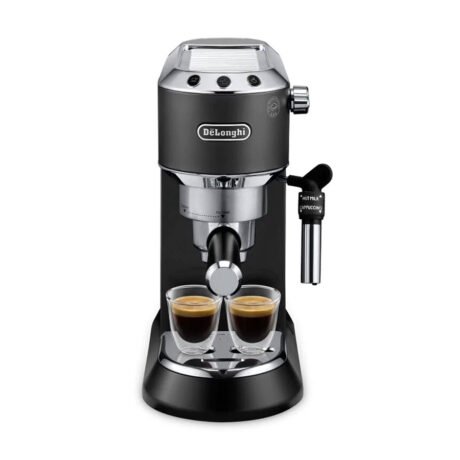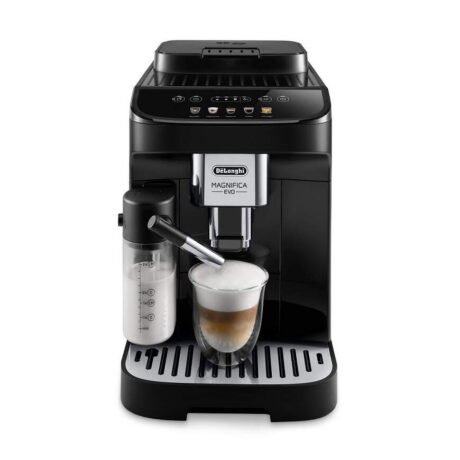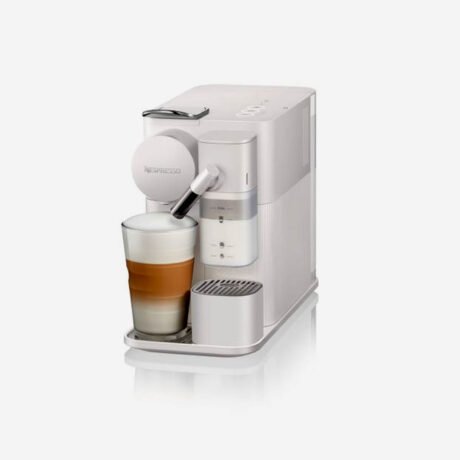When it comes to brewing the perfect cup of coffee, the importance of coffee grind size cannot be overstated. Understanding the role that grind size plays in your brew can make all the difference. Different brewing methods require varying grind sizes to extract the best flavor from your coffee beans, and mastering this knowledge will elevate your coffee brewing experience to new heights. By adjusting the grind size to suit your preferred method, you’ll unlock the full potential of each cup, ensuring a richer, more flavorful coffee every time.
Why Coffee Grind Size Matters
Coffee grind size is a critical factor that directly impacts extraction, flavor, and brewing time. The grind size determines how water interacts with the coffee grounds, influencing how much flavor is extracted during the brewing process. A grind that is too fine can lead to over-extraction, resulting in a bitter or harsh taste. On the other hand, a grind that is too coarse may cause under-extraction, leaving your coffee weak and sour.
Each brewing method requires a specific grind size to achieve optimal flavor. This is where the concept of grind size in microns becomes important. Microns measure the size of coffee particles, ensuring precision and consistency. The right grind size not only balances extraction but also enhances the overall taste and experience of your coffee. Understanding this allows you to experiment with different sizes, achieving the perfect brew with each method.
Coffee Grind Size Charts and Measurements
Coffee Grind Size in Microns
Coffee grind size is often measured in microns, which refers to the size of individual coffee particles. Understanding the exact micron measurement helps ensure precision and consistency across different brewing methods. For example, espresso typically requires a grind size between 200-300 microns, while French Press uses larger particles, often above 1000 microns. By knowing the micron size, you can fine-tune your grind settings for each brewing method to achieve the perfect extraction.
Coffee Grind Size Measurement Tools
To achieve consistency in your grind, it’s important to use reliable tools. One popular option is the Lux D by Mazzer – La Marzocco, known for its versatility and precise grind settings. This grinder allows users to adjust the grind size with numbered settings, from fine for espresso to coarse for French Press. Having control over grind size using tools like this ensures better extraction and flavor, no matter which brewing method you prefer.
Coffee Grind Size Guide for Different Brewing Methods
Grind Size for Aeropress
The Aeropress is one of the most versatile brewing methods, allowing you to experiment with a range of grind sizes, from fine to medium-fine. For a quicker brew time and a stronger cup, a finer grind works best, while a medium-fine grind is ideal for a more balanced extraction. The flexibility of the Aeropress means you can tailor your coffee’s strength and flavor by simply adjusting the grind size. This versatility makes it a favorite among coffee enthusiasts looking to explore different flavor profiles.
Grind Size for Drip Coffee
For drip coffee, a medium grind size is generally recommended to ensure a smooth and consistent extraction. This grind size allows water to flow evenly through the coffee grounds, producing a balanced and flavorful cup. Using a medium grind helps to prevent both over-extraction and under-extraction, giving you a well-rounded brew with every pot. Consistency is key for drip coffee, as an uneven grind can result in an inconsistent brew, affecting both flavor and aroma.
Grind Size for Chemex
When brewing with a Chemex, a medium-coarse grind is ideal. The Chemex uses a slower extraction process due to its thick paper filters and longer brew time, which requires a coarser grind to prevent over-extraction. This grind size allows water to flow at the right pace, bringing out the clean, crisp flavors that the Chemex is known for. A finer grind would result in a bitter, over-extracted brew, so the coarser grind is key to achieving that bright, smooth taste.
Grind Size for Pour Over
For pour-over methods like the V60, a medium grind is generally recommended. This grind size strikes the perfect balance between extraction time and water flow, ensuring that your coffee is neither too bitter (from over-extraction) nor too weak (from under-extraction). With pour-over brewing, control over water flow and grind consistency is crucial to highlight the subtle flavors and aromas of the coffee. A medium grind allows for an even extraction, creating a clean and well-rounded cup.
Grind Size for Keurig and K-Cups
For Keurig and other K-Cup systems, a medium-coarse grind is recommended. While these single-serve machines are designed for convenience, the grind size can still play a role in improving the flavor. A medium-coarse grind allows for optimal water flow through the K-Cup, preventing over-extraction while delivering a smooth and balanced cup. Using the correct grind size ensures that your coffee isn’t too weak or too bitter, making a noticeable difference in taste, even in single-serve systems.
Grind Size for French Press
For the French Press, a coarse grind is ideal due to the immersion brewing method. The steeping process of the French Press requires larger coffee particles to prevent over-extraction, which can result in bitterness. A coarse grind also helps keep fine particles from slipping through the metal filter, ensuring a cleaner cup with less sediment. The slower extraction of the French Press paired with a coarse grind allows for a full-bodied, rich coffee flavor.
Grind Size for Espresso
Espresso brewing requires a fine grind to achieve a fast and efficient extraction. The pressurized brewing process of an espresso machine forces water through the finely ground coffee at high pressure, extracting the rich, concentrated flavors within a short brewing time. A finer grind is essential for this method because it provides the necessary resistance to create the perfect shot of espresso. Too coarse of a grind will result in a weak, under-extracted espresso, while too fine can cause over-extraction and bitterness.
FAQ Section
What is the best grind size for pour-over coffee?
A medium grind is generally best for pour-over methods like V60 and Kalita Wave. This grind size allows for a balanced extraction, capturing the delicate flavors and aromas without over-extraction.
Can I use the same grind size for all brewing methods?
No, each brewing method requires a specific grind size to achieve optimal flavor extraction. Using the wrong grind size can lead to over-extraction (too bitter) or under-extraction (too weak) in your coffee.
What is the importance of coffee grind size in microns?
Grind size in microns ensures consistency and precision in coffee brewing. Knowing the exact measurement allows you to adjust your grind to match the brewing method and achieve optimal extraction.
Can grind size affect the taste of my coffee?
Yes, grind size directly affects coffee extraction, which influences the taste. A grind that’s too fine or too coarse can result in over-extracted or under-extracted coffee, altering the flavor profile significantly.
The Summary
In summary, selecting the right coffee grind size is crucial for enhancing your brewing experience and achieving the perfect cup. Each brewing method has its unique requirements, and understanding these can significantly impact extraction, flavor, and overall satisfaction.
Whether you’re using a fine grind for espresso or a coarse grind for French Press, experimentation is key to finding your ideal brew. We encourage you to try different grind settings with your favorite brewing method, as this can unlock new flavors and aromas in your coffee. Happy brewing!
Interested in Indonesian raw coffee beans? check our green coffee beans product. Contact us at info@specialtycoffee.id or WhatsApp to place your order.






